Sega Hardlight studio is working on a Sonic mobile game
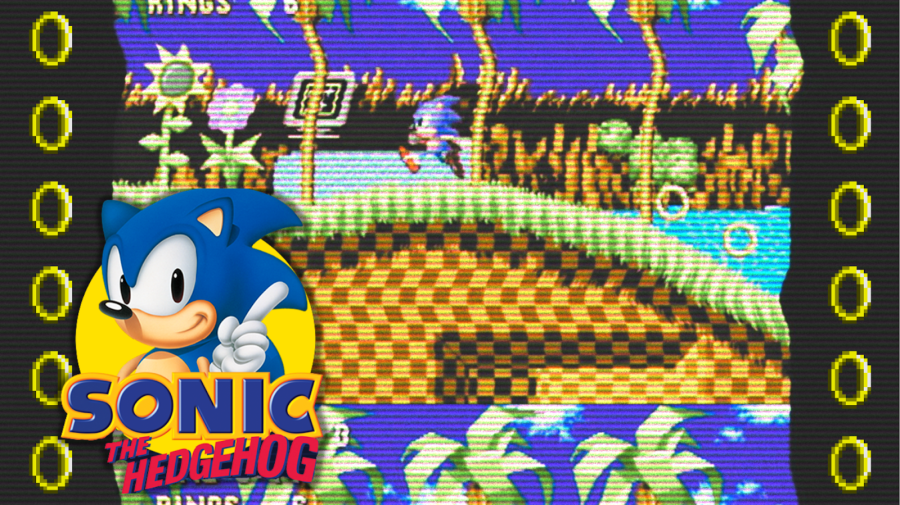
Before this twelvemonth, Sonic the Hedgehog 2 (2022) absolutely dominated the box office. Domestically, it became the highest-grossing picture based on a video game of all time. Merely Sonic'south success is about then much more than the surprising live-activeness-meets-animated motion-picture show hit.
The blue hedgehog is everywhere. Sonic and his pals are on merchandise in shopping malls around the world, for one. Not to mention, the speedster has floated downwardly 6th Avenue in airship form during the Macy's Thanksgiving Twenty-four hours Parade. Merely, before all of that, Sonic plant his 16-bit footing on the Sega Genesis in 1991 — and sped right to the top.
As of the beginning of 2022, there are a whopping 31 mainline titles in the Sonic the Hedgehog library. If you count all the re-releases and spin-offs — including those games that feature Sonic duking it out with Nintendo'south Mario at the Olympics — you'd have a list of over 100 releases.
And then, now that the iconic blue hedgehog is over iii decades old, permit's take a look back at Sonic's development, starting with his origins every bit Sega'southward flagship grapheme.
The Showtime Console War: Sonic the Hedgehog Takes on Mario
Information technology may come every bit a surprise to coincidental fans, but Sonic was almost a dog. Can you lot imagine that? According to Game Developer, Sonic's creators tried out a number of different designs before settling on the hedgehog we all know and beloved. Why a hedgehog? Well, conveniently, they can roll into a brawl — and practice some damage. And all of that makes for a lot of fun in video game course.
Released on June 23, 1991 on the Sega Genesis, Sonic the Hedgehog was tasked with competing against other big-name platforming games. Mainly, Nintendo's Mario — and the Super Mario Bros. series equally a whole — was Sonic's main contest.
If you're familiar with Donkey Kong (1981), the arcade game that first introduced u.s. to Mario, then you lot probably know all about rudimentary platformers — you move a character from side-to-side and jump up and down to avert pitfalls and reach a level's endpoint.
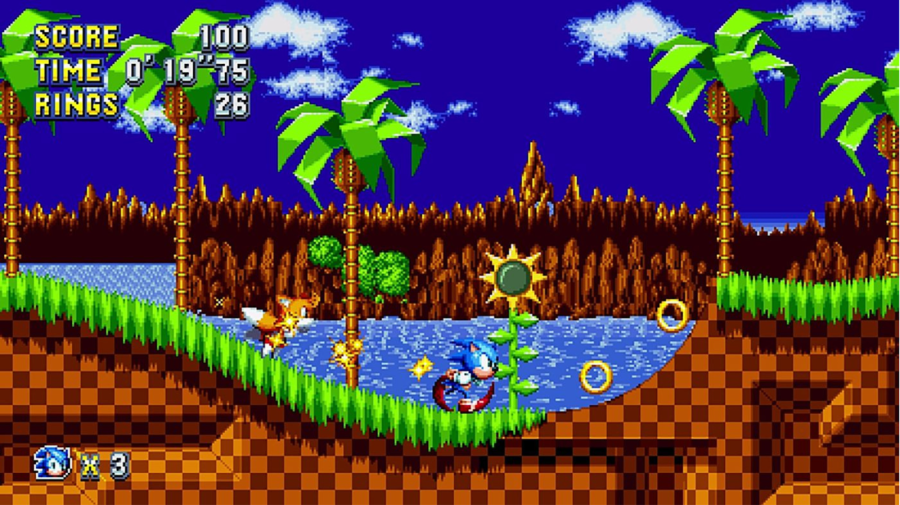
A decade after, though, at that place were some innovations on the uncomplicated "leap from platform to platform and avoid obstacles" formula. Still, there weren't many platformers that played with speed — certain, Mario and co. could run faster at the press of a button, but it wasn't anything similar Sonic's trademark speediness. That thrill ready Sonic the Hedgehog apart from other platformers, finally giving Mario some stiff contest.
Aside from the signature focus on speed, Sonic games are known for directing players to grab rings, hunt gems and protect animals (or animal-like creatures). The 2nd side-scrolling platformer that started it all pulled from all of these at present-iconic elements. The story, if y'all don't know, sees Sonic's nemesis, Dr. Ivo Robotnik, wreaking havoc on South Island.
Why? Expert question. The island is home to the six Chaos Emeralds, which Dr. Robotnik hopes to steal so that he can harness their power. He goes to slap-up lengths to complete his quest, even trapping the local animal inhabitants in mecha suits and capsules. Sonic'southward goal, of course, is to free his animal pals and collect the Chaos Emeralds and then that Dr. Robotnik can't use them.
The commencement game in the series became the Sega Genesis' runaway best-seller. In 1991, it outsold Super Mario, becoming the acknowledged home console game of that year with 2 million copies sold worldwide. In the five years subsequently the first Sonic game'due south release, Sonic the Hedgehog two, Sonic CD, Sonic Anarchy, Sonic the Hedgehog 3, Sonic and Knuckles, Sonic Triple Problem, Knuckles' Chaotix, and Sonic Blast were all released for Sega consoles.
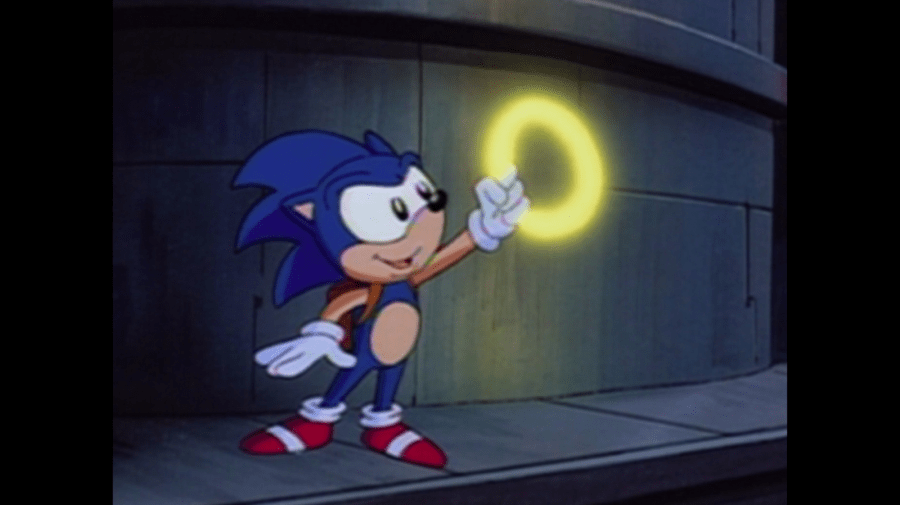
Sonic was quite the '90s miracle. In fact, his charm couldn't be contained in video games alone. Thanks to animated features and the iii-flavour serial Adventures of Sonic the Hedgehog, the speedster's signature personality started to shine through. He became the chili dog-loving, fourth wall-breaking ball of snark we know and love today in that kickoff series past DiC.
Later, that same animation studio would release Sonic the Hedgehog, a darker take on the franchise that took identify in a world where Dr. Robotnik had already won. That show only lasted 14 episodes — but, hey, we're kind of here for the dystopia of information technology all.
Sonic the Hedgehog Goes 3D
In 1999, Sega released Sonic Chance for its Dreamcast console. Although the bluish hedgehog had been portrayed in 3D before on the Sega Saturn, the Dreamcast's more impressive tech allowed for some great new features; the levels were more than expansive, and you could play as other characters from the Sonic-poesy, too. For the get-go time, Duke, Tails and Sonic'due south other pals had important roles in a game'due south story.
Afterwards Sega dipped out of the panel wars, Sonic games appeared on consoles from other industry leaders, similar Nintendo'south GameCube. In 2002, Sonic Adventure two actually took things to new heights, introducing Shadow — the darkness to Sonic'due south light — and allowing players to cull between "light" and "dark" story paths.
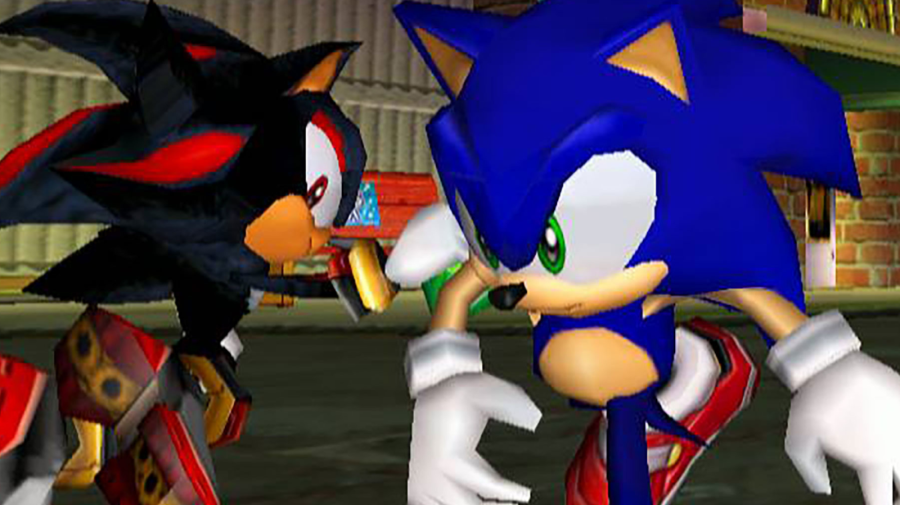
Riding on the game's success, yet another animated series, Sonic X, hit TV screens in 2003. Information technology was this show that introduced the franchise's popular "Gotta Go Faster" tagline. After that, developers churned out new Sonic games, as well as re-releases, across all of the big-name consoles. And the stories got a bit… stranger. (Werehog Sonic, anyone?)
In 2011, Sonic: Generations took a stab at a multiverse narrative manner alee of today's current trend. The game paired the 2000s version of the character with the more than cutesy early '90s version, helping to reiterate that, although the grapheme evolved, it'due south okay to have, and hold onto, many interpretations of him. While none of these mid-2000s games were landmark, really, Generations certainly paved the way for today's "multiverse of fastness".
An Enduring Icon: Sonic Speeds Onto the Silver Screen
The final major Sonic release was 2017's Sonic Forces. Product has certainly slowed, so much so that gamers often joke that fans of Sonic are used to being let down. Perhaps surprisingly, Paramount's Sonic the Hedgehog films have filled the void. Back in the early '90s, a picture show starring Sonic almost happened, but (thankfully) information technology was scrapped.
In 2013, Sony caused the rights to a Sonic characteristic film projection, merely movement was slow. While production on the Sonic picture began in 2016, Paramount nabbed the project in 2017 — and, even if you aren't a diehard fan, you lot probably retrieve the backlash to the character'due south initial blueprint, (and the subsequent "extreme crunch" schedule that saw animators completely re-doing Sonic's expect to marshal more with the games).
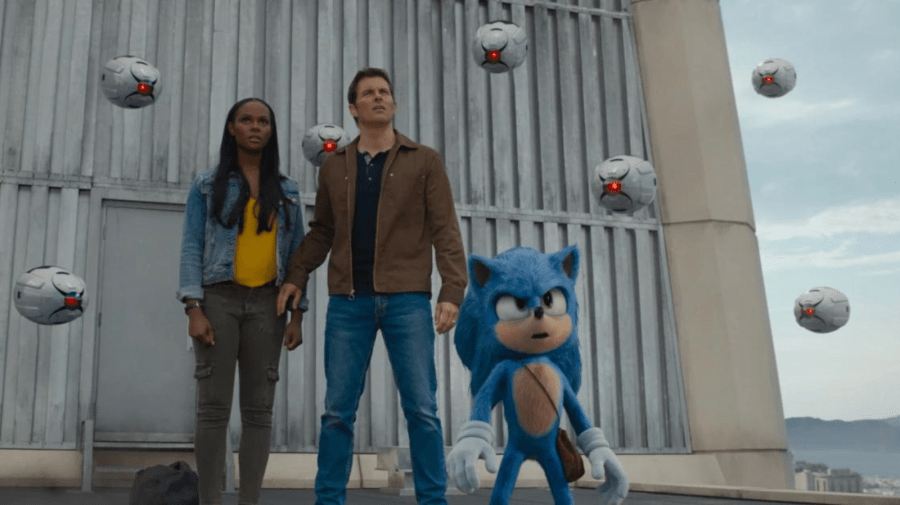
When it was finally released in 2020, the first Sonic picture was pretty successful. It spawned this yr's box office-corking sequel, which, if yous recall, left the door open to a third installment. Jim Carrey, who plays Dr. Robotnik, has mentioned retiring, but fans are hoping he'll stay on for one more Sonic moving picture. Only the speedster is too returning to the small screen.
For starters, Netflix's Sonic Prime, which deals with Sonic's multiverse, is slated for release in 2022. This upcoming holiday flavor, Sega'south mascot will return to video game consoles with Sonic: Frontiers. And Paramount is even developing a Duke series, with hopes that Idris Elba will reprise his role from Sonic 2. It'due south clear that the bluish hedgehog isn't fading into obscurity anytime presently — so, you better keep upwardly!
Source: https://www.ask.com/culture/sonic-the-hedgehog-origins?utm_content=params%3Ao%3D740004%26ad%3DdirN%26qo%3DserpIndex&ueid=55250535-2885-45cc-861d-2a7c747054d9
Posted by: cumminstric1997.blogspot.com

0 Response to "Sega Hardlight studio is working on a Sonic mobile game"
Post a Comment